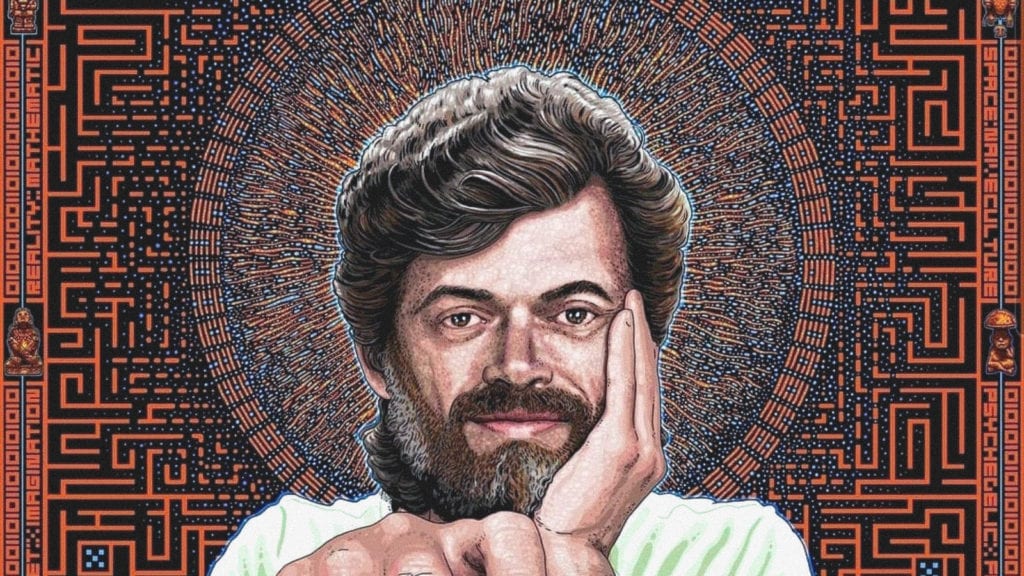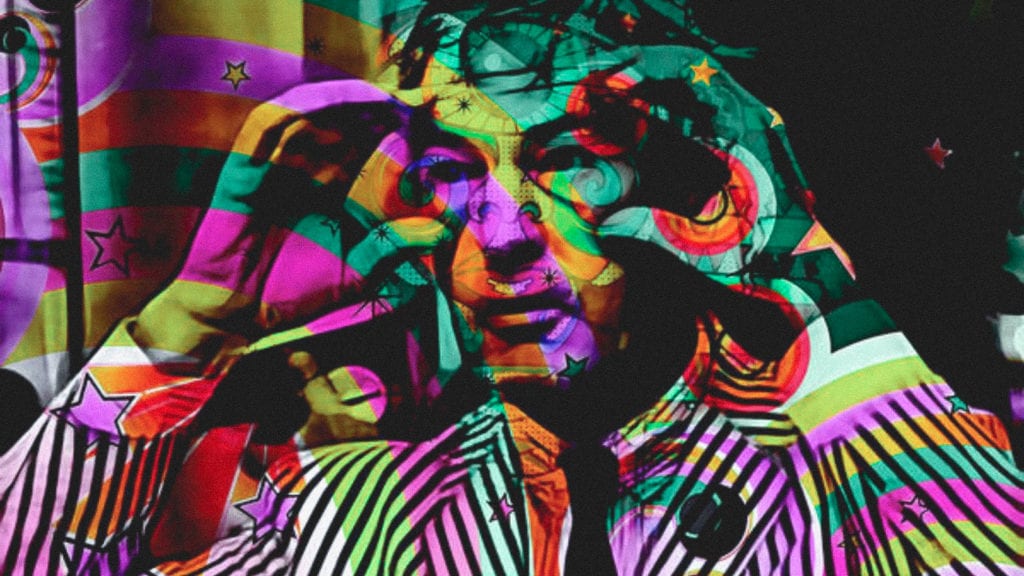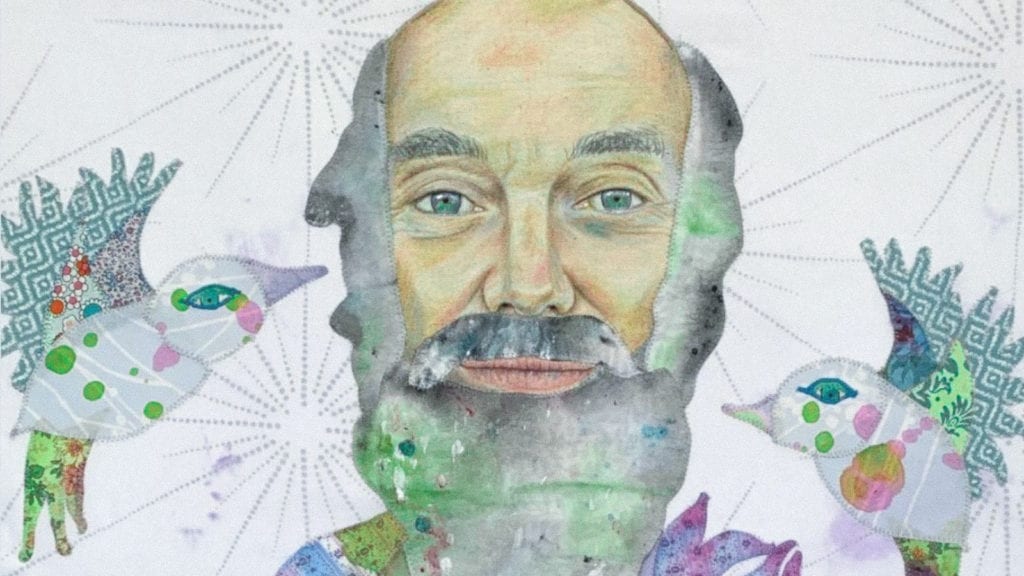Key takeaways.
-
Who are the revolutionaries included in this list?
Terrence McKenna, Timothy Leary, Ram Dass, Prof David Nutt and Carl Sagan.
-
What were their occupations?
Between them, they were astrophysicists, clinical psychologists, neuropsychopharmacologists, spiritual leaders, philosophers, writers, ecologists, and ethnobotanists — they were educated, successful, and enlightened people.
-
What are some of the ways they progressed the psychedelic movement?
Through research and advocacy, these people were able to help the psychedelic movement from its roots. They experimented with and researched psychedelic substances and brought their findings to the public.
In Canada, we’re basking in the dawn of a psychedelic welcoming. Despite the fact that using psychedelics was an important pastime for our ancestors, we’ve spent the better part of the last century putting people in jail for using them. But now, we’re enjoying what only few other places in the world get the chance to — the legal use of magic mushrooms.
But we didn’t just wake up one day and decide to reinvent the wheel. It’s been an arduous journey, just like it was with cannabis. In the 70’s and 80’s, around the time when magic mushrooms were being made illegal, there were some extremely educated people speaking out against criminalization of psychedelics.
These were the first rebels, the first to initiate conversation about the use of psychedelics outside of the stereotypical setting. They were the first university lecturers, writers, and scientists to say hang on, this is a lot more than drug taking.
This article is about them and for them; the many revolutionaries behind the scenes who paved the way for the legalization of magic mushrooms, and hopefully for other psychedelic plants and substances. We’ll share some of the most important names in the modern, Western psychedelic movement from history until today.
1. Terrence McKenna.

Patient and playful, Terrence McKenna virtually dedicated his life to raising awareness about the importance of psychedelic substances to the entire human species. In Terrence McKenna’s eyes, magic mushrooms were literally food from the gods, and an important part of the human diet.
McKenna actually wrote a book titled Food of the Gods in 1992, outlining the “stoned ape” theory. Essentially, this book describes the journey apes made to humans, using the mushroom as a vehicle for the development of that advanced consciousness.
He studied at U.C. Berkley where he graduated with a degree in ecology. But he was an ethnobotanist by trade, studying shamanism in Tibet, Jerusalem and the Amazon jungle. He was savagely vocal in the academic community about the importance of psychedelics and shamanism to the human experience. He delivered lectures around the world and published books, enlightening people with information otherwise completely unheard of in the academic world.
He died at age 53 in 2000 from a highly aggressive form of brain cancer. But the love and appreciation for Terrence McKenna will never run out among his fans.
2. Timothy Leary.

Timothy Leary came a little while before Terrence McKenna and seemed to stir up a lot more trouble than McKenna. He was born in the 20s and worked as a clinical psychologist at Harvard University. In fact, he worked on the Harvard Psilocybin Project from 1960-1962, right before psilocybin mushrooms were made illegal. He was infamous for taking the psychedelic substances with his subjects, although most of us would consider this brave and noble.
Naturally, Leary believed that psychedelics had a role in psychiatry. His profession and his experience in clinical psychedelic research led him to that, but after prohibition, he wasn’t very popular among his contemporaries. In fact, Nixon once described Timothy Leary as “the most dangerous man in America” because he publicly encouraged the use of psychedelic substances.
Because of his extremely boisterous personality and his dedication to teaching his views about psychiatric psychedelic use, he saw the inside of 36 different prisons worldwide in a single decade (1960-1970).
Leary published a book in 1964 called The Psychedelic Experience: A Manual Based on the Tibetan Book of the Dead. Using principles and philosophies outlined in the TIbetan Book of the Dead, Leary creates a guide on how to have a psychedelic experience. He talks about the different stages of one and how to use and emerge from each stage.
Timothy Leary died at age 75 in 1996 of inoperable prostate cancer.
3. Ram Dass (formerly Richard Alpert).

Ram Dass, who was once known as Richard Alpert, was one of Timothy Leary’s good friends. They associated both personally and professionally at Harvard University in the 60s. Ram Dass and Timothy Leary conducted research together on the therapeutic effects of psychedelics. In fact, the pair were the first to conduct a double-blind, placebo controlled trial on psychedelics and the mystical experience. The substances weren’t illegal at the time, but it was controversial. Eventually, they were both dismissed from Harvard in 1963.
Ram Dass was especially concerned with helping people understand the divine nature of themselves. He and Timothy Leary would often host and participate in group LSD sessions where the ultimate goal was self realization.
A few years after being dismissed from Harvard, Ram Dass made his way to India. It was there that he pursued his spiritual journey (without psychedelics) and became Baba Ram Dass. He went on to write famous books such as Be Here Now, a text many modern spiritual seekers use as wisdom and insight.
He died in 2019 at the ripe old age of 88, leaving behind a tremendous legacy in psychedelics and specifically, their use in spiritual attainment.
4. Prof David Nutt.

Hailing from England, Prof David Nutt is a neuropsychopharmacologist. He specialises in drugs that affect the brain, especially with respect to conditions such as anxiety, addiction, depression, and sleep.
In collaboration with the Beckley Foundation, David Nutt was the first man to conduct live medical imaging on brains under the effect of LSD. Because there was no public body willing to fund his research, he crowdfunded it, getting over 1000 backers in just 24 hours. He has also undertaken the same kind of research with psilocybin.
David Nutt’s career with psychedelics is a scientific one, showing for the first time which brain regions were activated under different psychedelic substances and how this affects the treatment of OCD, depression, and Alzheimer’s disease.
Nutt has had a controversial career himself, removed from the UK Advisory Council on the Misuse of Drugs (ACMD) for publishing an article about the harms of ecstasy where he stated that horse riding was more dangerous than ecstasy. He had published it as an example of a political rather than scientific point, suggesting that the ACMD was not using drug scheduling as an efficient way of communicating drug harm to the public.
Essentially, Nutt believes that alcohol, for example, is a much more dangerous substance than cannabis or psilocybin mushrooms, but is on a lesser schedule. He advocates for the correct scheduling of drugs based on science, not on politics.
5. Carl Sagan.

Though Carl Sagan didn’t use magic mushrooms or LSD (or didn’t publicly talk about that), he advocated vocally and freely about his love for cannabis. He was a NASA scientist and hosted the TV show, Cosmos. He was a philosopher, scientist, cosmologist, and astrophysicist — a whole world away from what any of us would consider the “stereotype stoner”.
In Sagan’s commentary on cannabis, it’s almost as though it gave him the same expanse that space did. He especially mentions that cannabis opened up his ability to read into people and to communicate better with them, something that his career had not taught him.
Sagan’s famous article published under the pseudonym, Mr X. described in intimate detail the effects that cannabis gave him. He became an advocate for cannabis legalization, stating;
The illegality of cannabis is outrageous, an impediment to full utilization of a drug which helps produce the serenity and insight, sensitivity and fellowship so desperately needed in this increasingly mad and dangerous world.
Sagan died in 1996 after a long bout of illness, finally succumbing to pneumonia. But he still holds his reputation as one of the greatest “ideas men” of all time.
There are many many more important people of the psychedelic revolution, but we just couldn’t fit them all in this article. Who’s your favourite psychedelic revolutionary? Did we include them in this list? Let us know in the comments!